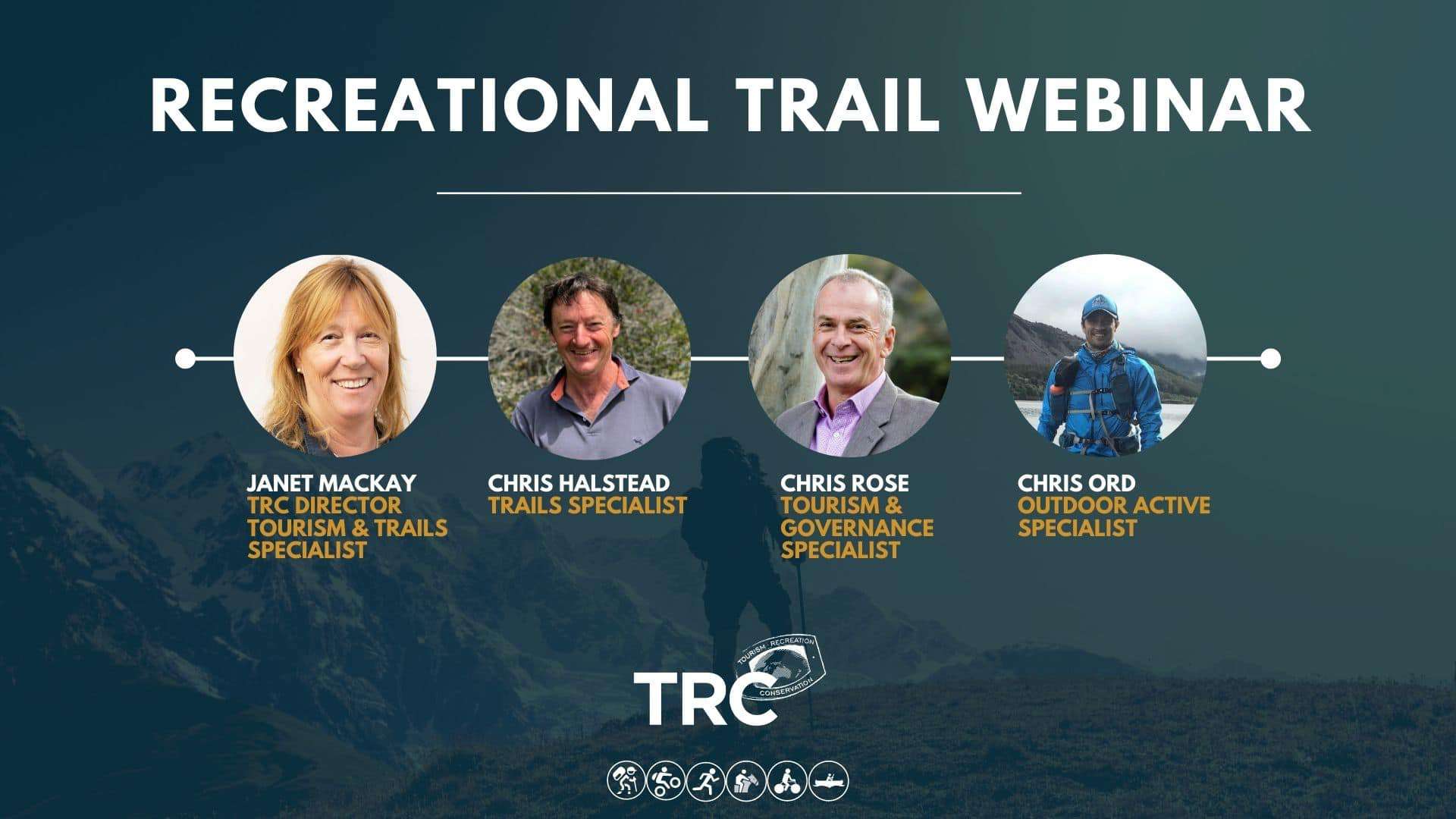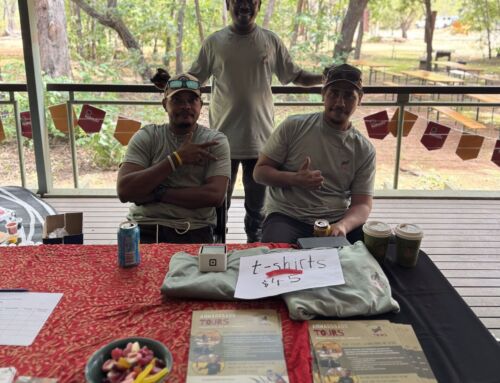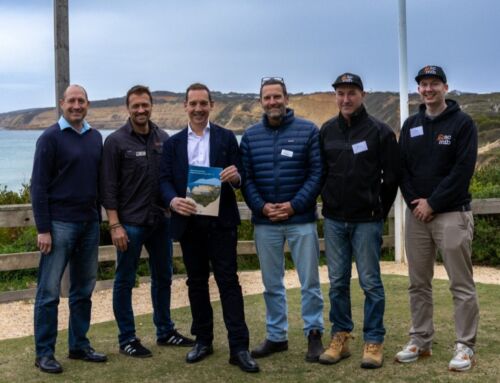Please find the video recording below.
To download an interactive PDF of the slide deck, please click here.
Your Questions Answered
Q: Could you let me know please which stakeholder consultation methods you often use in the design phase – questionnaires/interviews (visitors/other stakeholders), anything more involved – deliberative democracy processes for planning etc?
A: We use the IAP2 Framework to determine the type and level and purpose of consultation with stakeholders. The tools we use once we’ve determined the type and purpose of engagement vary – including round tables, one on one dialogues, workshops, collaborative on line forums, newsletters, surveys etc.
Q: In designing holistic ‘geotrails’, is it agreed that they should wherever possible meld the geological heritage (including landscape) features of a region with a cohesive story, and should incorporate and package in the biodiversity and cultural components of content (including indigenous heritage) of the region through which the geotrail traverses?
A: Design does include the geo features, as well as other natural and cultural features / areas to avoid – with an eye on the experience being offered and the market that is intended to use the trail – lots to take into account and often multiple passes through an area before getting the optimal combination. Our work often involves story telling and geo tourism would be a topic of interpretation where appropriate. The market we are designing the experience for is important – and the story that is to be told will in part depend on the market using the trail as well as the latent features of the area.
Q: What core skills do you suggest would be required to be an effective manager of multiple trail networks?
A: Negotiation Skills, Planning Skills, Delivery Skills, Stakeholder Management Skills, Business Management / Finance Skills, Project Management, Contract Management.
The trail community is always willing to share. There is also a LinkedIn group that can help, click here
Q: Would be interesting to hear your thoughts on situations where the local community value the trails but are resistant to improvements because they do not want additional visitation and more tourism ‘in their backyard’?
A: This is where consultation with the community is critical. You need to have the social licence to proceed with trail construction. It is always valuable to ensure the community understand the benefits that can come from trails and tourism – both for the community and the visitor. It is usually helpful to share examples of where similar trails have been established and the community that may have been resistant is now happy and sees the value.
Q: How often do you feel that monitoring and evaluation of visitor experience is incorporated into the planning process? This is part always a challenge it seems.
A: Short answer is as often as needed. Instant feedback is generally available now through things such as social media, TripAdvisor etc. More formal survey could be undertaken on a random basis with clients, or on an annual basis. It is invaluable to understand the benchmarks with trails early in the process and to monitor regularly. Getting funding for improvements will be more likely where you have good data.
Q: What is the most effective way to engage with local councils?
A: The best way we find is to bring them into the engagement process as early as practical. Develop a shared vision etc. Interestingly we work with Councils and they struggle to engage with State Governments at times – so getting a shared understanding of both perspectives is important.
Q: Many trails are daunting to some people, e.g. who are not ‘conquerors’, or are ageing, or are living with disabilities. Are there some good examples of inclusive trails in Australia that don’t just cater for high yield customers or young active ‘conquerors’?
A: Absolutely. Rail Trail or shared use paths are a great example of a type of trail aimed at multiple markets. E-Bikes are also bringing many people back to cycling. Having an eye on the market you are designing for is critical. Three Capes in Tasmania is a recent example designed for many different markets. Three Capes is a trail that has been somewhat softened in technicality and required competency allowing more senior/less abled walkers and/or less experienced/proficient bush walkers to feel confident. Three Capes is high yield if on one of the organised tours, but you can walk in on Cape Pillar self supported and it’s pretty well designed and maintained once you get to the redeveloped section (and easy access from Fortescue Bay).
Q: What strategies can be put in place to best cater for the experiential needs of differing user groups e.g. bushwalkers and ‘mountain bike’ riders is an obvious example, keeping in mind the ‘ecotourism’ ideal of minimising impact on wildlife?
A: Understanding the users and the experiences they seek whilst fitting sustainably within natural areas is an important basis to any strategy. Mountain bikers and bushwalkers have a common theme of seeking outdoor activity, landscapes and nature however mountain bikers, particularly in mountain bike parks will be seeking the experience and the challenges provided by the trail. Whereas bushwalkers will more often be seeking a broader experience presented by landscape, nature and wildlife within the trail corridor and beyond. With good design and allowance within budgets there is opportunity to restore and improve wildlife habitat as a component of a trail project whilst also ensuring the sustainability of the trail surface. The emerging long distance, back country, adventure cycling trails require considered focus on wildlife and ecosystem health together with providing the new experiences riders are seeking which include a greater desire to experience wildlife, landscape and natural places. All trail projects require assessment strategies to mitigate impact on wildlife and the environment and good strategies will improve ecosystem health whilst also complying with local, state and Commonwealth legislation.
Q: Are you finding an increase in people searching for multi-day bike packing trails?
A: Yes! Have a read of this article Chris Ord wrote recently.
In our trail planning research we are finding a definite upswing. Firm stats are hard as there are no ‘gateways’ for hard data collection but speaking to retailers of the bikes and gear – all selling like hotcakes – and monitoring the associated online communities – growing quickly – it is clear that there is an upswing in this style of bike tourism. Events that crossover between gravel grind and bike packing are starting to pop up also, reflecting the growing user base seeking soft adventure ride experiences that are somewhat facilitated, and also more challenge/experience orientated, rather than ‘race/competitive’ orientated. Traditional MTB riders are also seen to be taking on a second bike purchase to service a tangent activity for them in bike packing. Given bike packing requires less technical proficiency that technical mountain biking, and can be undertaken at a lee-exertive pace and mode, it appeals to a broader market seeking ‘journey through nature’ experiences. Australia’s vast distances and plethora of quiet, back country roads leading through attractive landscapes also makes for a good foundation to develop this market via facilitation (mapping, route descriptions, promotion, bike friendly towns etc).
Q: With the NSW, WA, SA and Tasmanian governments (through their geological surveys) currently engaging, geotrails as a concept is emerging as a significant regional development opportunity in Australia. Would it not be worth acknowledging by name in this webinar please the concept of geotrails so that webinar participants gain a better appreciation of the concept of geotourism which is booming worldwide?
A: In the limited time we had available for the webinar, we were focused on the broader planning and management of recreational trails. Happy to share any articles you think could be useful to the delegates at the webinar such as the following:
https://www.resourcesandgeoscience.nsw.gov.au/miners-and-explorers/geoscience-information/geotrails
https://www.gsa.org.au/Public/Geotourism/Geotourism%20and%20Geotrails/Public/Geotourism/Geotourism%20and%20Geotrails.aspx?hkey=f3ee82ea-de9a-44eb-82f7-377d2d28d2ba
Q: Do you find CLBG structures are more sound and less risky when dealing with multiple stakeholders or does it not matter?
A: A company limited by guarantee has certain benefits but also must suit the purpose of the entity and it comes with higher administration requirements and fees (potentially) as well. If profits are to be distributed – then it may be the best form. There is a lot of pros and cons to consider is the best answer.
Q: I would be interested in knowing how the Wellington agreement speaks to trail maintenance across time, are the various organizations committed to a quality standard for the trail surfaces in their respective areas of management and then do they have corresponding funding for that upkeep?
A: The various partners agreed on a tier arrangement for trails – and they then agree that the Signature Trails are the highest priority from a visitor economy perspective. By doing that – they agree to keep them at a certain standard and experience. The agreement is non binding – however if a trail falls below a certain standard – it can be recommended to be downgraded to a regional trail – through a process.
Q: To obtain the best combination of content to tell the best story, how do trail designers best reach out to content specialists e.g. geologists, geographers, zoologists, botanists and community heritage interest groups (especially indigenous) with excellent local knowledge?
A: Reaching out to relevant experts best placed to inform trail interpretation (and indeed sometimes initial route design to ensure it captures POIs), is very important. Good trail planning requires questions to be asked of all relevant stakeholders in the initial phase of research, which should then identify and define which if any experts in what fields should be consulted to inform the experience and trail design process. Then it’s simply a matter of reaching out to them via their representative organisations, and where required, engaging their services professionally. In the initial stages of trail design identifying resources and specialists is important and in particular traditional owners who in many parts of Australia are strongly linked to the trail corridor. In the early stages we like to ensure we are talking to the appropriate group of contacts and this is particularly important with traditional owners. Talking to the locals and local agencies is a good way to make sure we are talking to the correct people.
Q: What organisation(s) are the presenters from?
A: We are all consultants from TRC Tourism.
Q: Is there a governance/management framework that is popular with councils/governments for larger trail projects in Australia? For example, in the US recreation opportunity spectrum, Limits of Acceptable Change, Visitor Impact Management etc. or components of these can be popular. In Australia, is each destination’s governance model brought together in a tailored package?
A: Most of the governance arrangements are a product of the legislation that exists in each State and Territory, and in New Zealand. The tools used within that framework to manage the experience could include the tools you mention – but there is no one model that is applied.
Q: Are you seeing any commercial ventures going into Mountain bike trails? I’m noticing a lot of community-based trails – Do you think there is a place for commercial ventures?
A: In short – yes we do – The Red Centre Adventure Ride is a great example.






